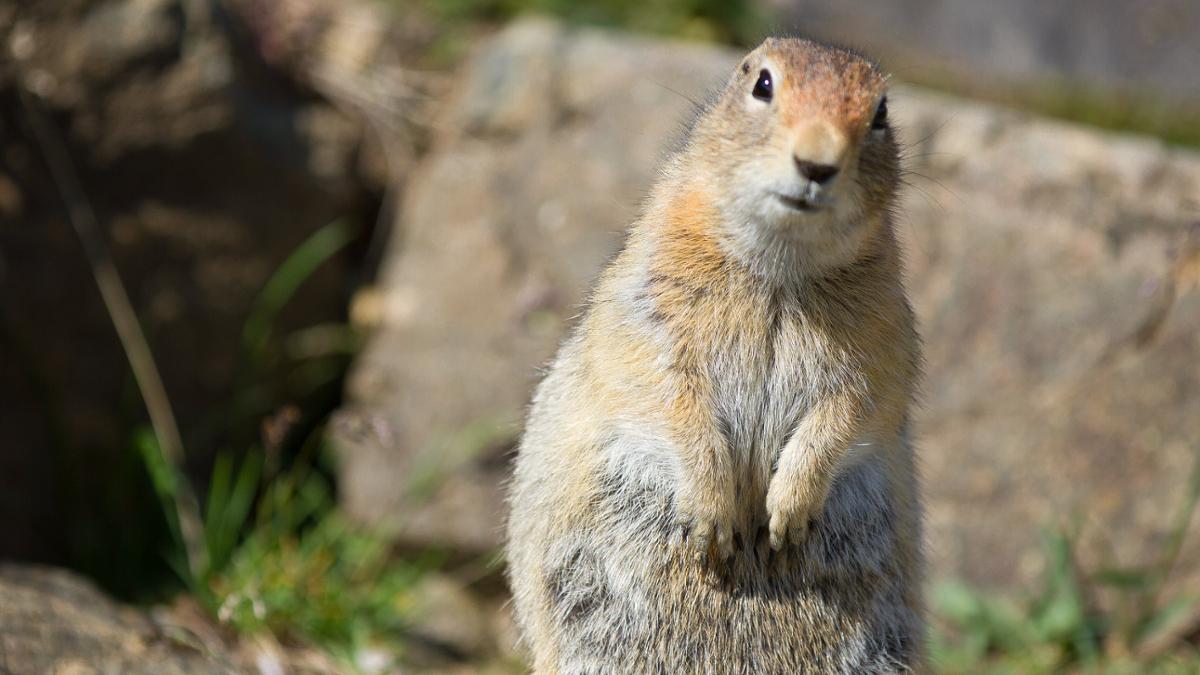Let’s have a debate: would you want to be an Arctic ground squirrel? Here are the cons: you’d live in the frigid tundra. You’d be popular prey for local predators. And the summer, when you’d be at your most active, is rather short.
Here are the pros: you’d hibernate during winter—all eight months of it.
If you detest snow and ice, that set-up might sound pretty appealing. But these squirrels aren’t taking cover for the fun of it: Their survival of the long cold season depends on their ability to hibernate. To avoid starvation, lack of resources, and cruel weather, Arctic ground squirrels eat so much they nearly double their body weight. Come fall, they lie down in their burrows, lowering their metabolic rate and surviving off accumulated body fat.
Though hibernation looks a lot like sleep, it’s not the same thing. Instead, hibernation conserves energy through extreme inactivity. Emphasis on the extreme: As Arctic ground squirrels hibernate, their body temperature drops to 28 degrees Fahrenheit. Not only is that below freezing, it’s the lowest recorded body temperature of any mammal! This feat is called “supercooling.” Entire organs slow, or shut down. But every few weeks, the squirrels shimmy, shiver, and shake, for hours at a time, warming themselves up just enough to stay alive.
As spring arrives, the Arctic ground squirrel stops hibernating: Males first, and three weeks later, females. When summer ends, the squirrel holds up in its burrow again, and the whole process starts over.
So, is life as an Arctic ground squirrel enviable? I’m not sure—you’ll have to ask the squirrels.










